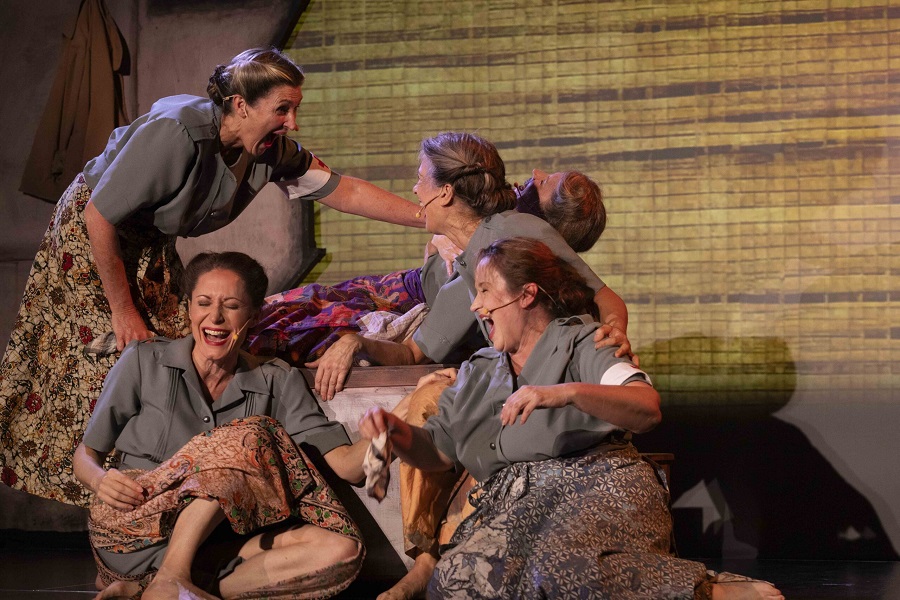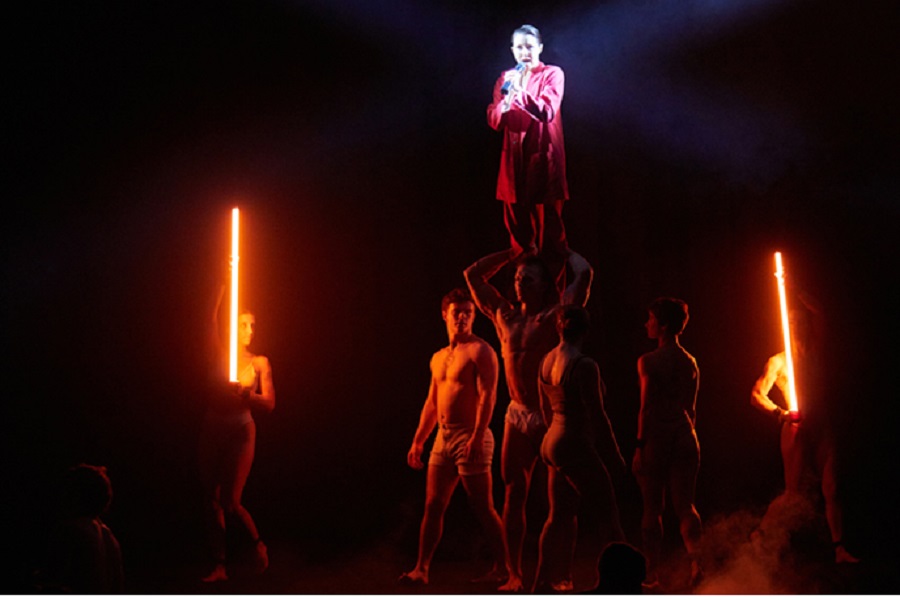
Visual Arts / Compression: assemblages Alex Asch and Mariana del Castillo. At Beaver Galleries until September 21. Reviewed by KERRY-ANNE COUSINS.
Alex Asch and Mariana del Castillo are both well-known established artists in Canberra.
Partners in life and sometime colleagues, they have each forged their own professional path and have held many individual exhibitions.
However, in this exhibition they have brought together shared experiences, along with the thoughts and reactions that they each have about the Australian environment in this time of climate change. Each artist has contributed several works that are indicative of their own art practice. But there is a deep bond and dialogue between all these works that unite them and makes this exhibition so memorable.
In 2021 both artists were invited by the University of Canberra to mentor and deliver creative art workshops as part of the Regenerative program for disaster affected parts of rural communities. The artists saw the effect of fire and flood on the environment resulting in a slow cycle of compression, extraction and erosion of the land. The works in this exhibition also demonstrate a deep understanding of the environment that comes from the travels of the artists throughout the wider Canberra region and beyond.
Alex Asch works with found materials such as galvanised steel, form-ply, painted metals and old rescued road signs embedded with the marks and signs of their previous life. Asch with great skill assembles these materials so that they evoke and suggest the textures and colours of our landscapes. While these works are symbolic almost abstract compositions we read them as comprehensible images.
A group of three small works all called First Water at Weereewa (Lake George) subtly suggest the vast expanse of water that now fills this mysterious natural lake near Canberra. In Weereewa 3, the suggestion of a rain shower perfectly captures its changing moods. In other works such as The Longest Day, black and grey hills are silhouetted against an intense yellow sky reflected in the foreground – a reference perhaps to a landscape changed by fire. In another work, Drought’s End, land and sky become united in welcome clouds of rain showers.
Asch’s creative ability enables him to see in old discarded materials a potential existence that goes beyond their present reality. His poetic and visionary landscapes testify to this creative vision.

Mariana del Castillo also reuses and experiments with a wide variety of materials to create her small sculptures and large monoprints. Beautifully executed, her works have the ability to communicate a sense of intimacy perhaps because you feel that the artist is deeply involved in the physical process of creating each work. In large abstract works Edge of Awareness and An Accomplice in Something Other, the artist stitches and paints marks onto her original soft muted toned monoprints bringing them into focus with marks and textures.
The recurring symbol of a twisted knot in these works reflects the artist’s anxiety about our seeming inability to sustain our natural world. Yet through her visit to the Victorian Winton wetlands in Yorta Yorta country, she was given hope by the regeneration in the wetlands once devastated by drought. Inspired by this experience the artist has created a series of Facescapes – monoprints of faces on linen frames overstitched and attached to small carved and repurposed wooden heads.
In the work, Arrival, (Winton series), the deluge of small stitches from the eyes on the face of the sculpture as well as adding facial expression suggests the arrival of rain. These Facescapes, so expressive and arresting to view, are perhaps derived from a memory of the twisted dead red gums left in the once dry water hole. In the artist’s eyes they looked like twisted and bleached figures in the landscape. The clever stitching of the faces punctuated by symbolic eyes give these small enigmatic sculptures a presence and authority that belies their small statue.
Who can be trusted?
In a world of spin and confusion, there’s never been a more important time to support independent journalism in Canberra.
If you trust our work online and want to enforce the power of independent voices, I invite you to make a small contribution.
Every dollar of support is invested back into our journalism to help keep citynews.com.au strong and free.
Thank you,
Ian Meikle, editor








Leave a Reply